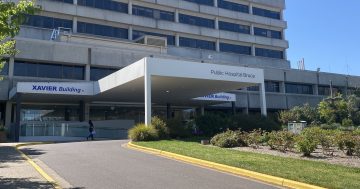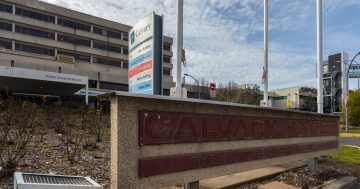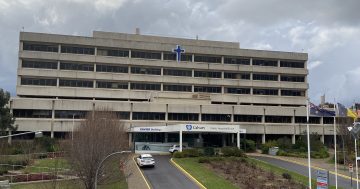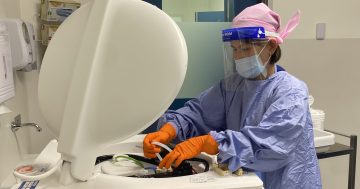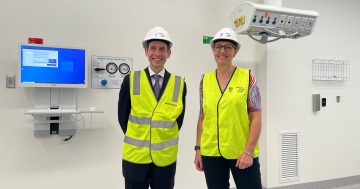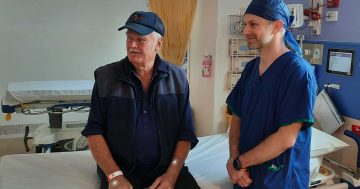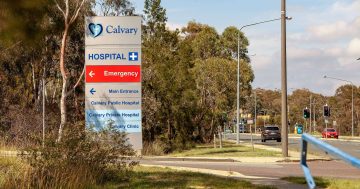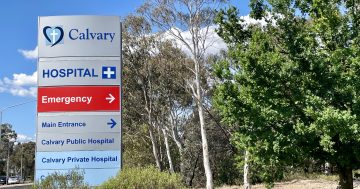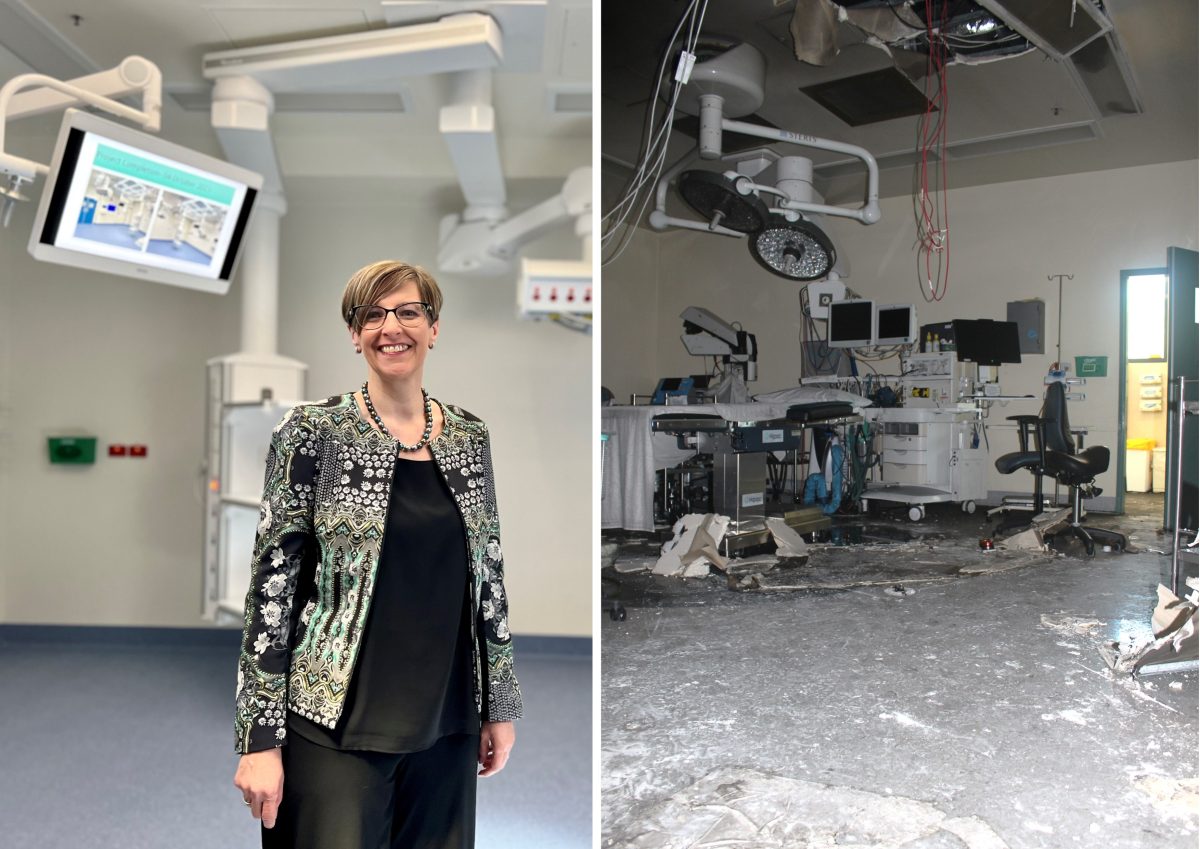
Dr Elaine Pretorius in the new ward (left) and the aftermath of the operating theatre fire at North Canberra Hospital. Photos: James Coleman, Canberra Health Services.
There’s the smell of fresh paint. New plastic. Cleaning chemicals.
The operating theatres at North Canberra Hospital (formerly Calvary Public Hospital Bruce) have undergone a massive makeover since December 2022 when they were flooded with an acrid cocktail of smoke, soot and water.
“I wasn’t here, but by all accounts, [the damage] was enormous,” North Canberra Hospital General Manager Dr Elaine Pretorius says.
“There was flame damage, but then the water damage was extraordinary, and you’d see just pools of water throughout the ward.”
On 6 December, two cables in one of the roof-mounted booms in Theatre 765 touched, creating a spark that quickly exploded into a fire that spread throughout the ward’s ceilings, spreading smoke and setting off the sprinkler and retardant systems.
Mould followed, and as soon as there’s mould anywhere near an operating theatre, it’s extra reason for a complete gutting.
Everything across the ward – from the walls, lighting and radiology lining down to storage shelves, surgical lasers and scalpels – had to be replaced. There were also repeated tests to determine if the mould and other bacteria were gone for good.
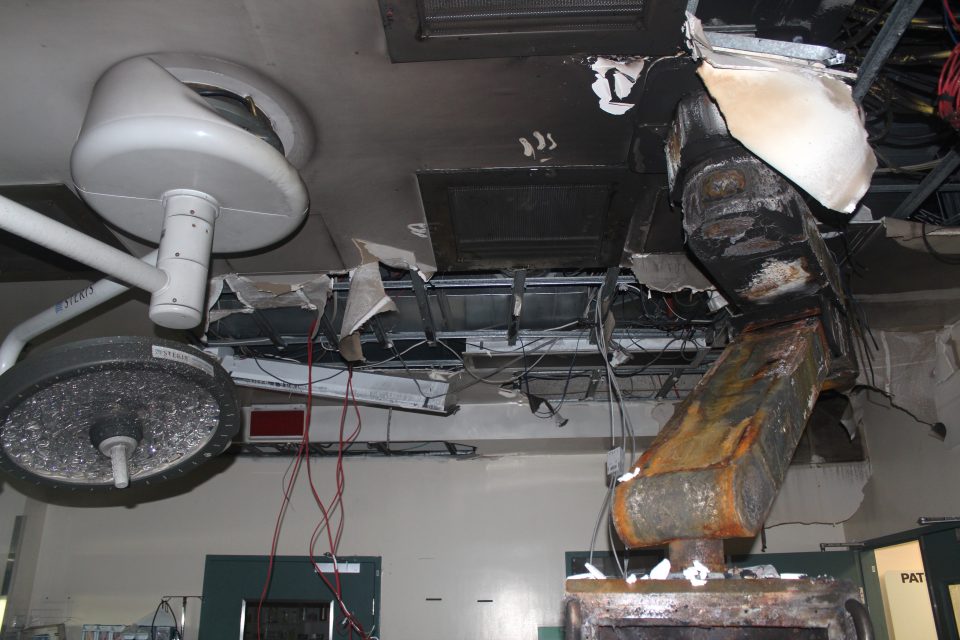
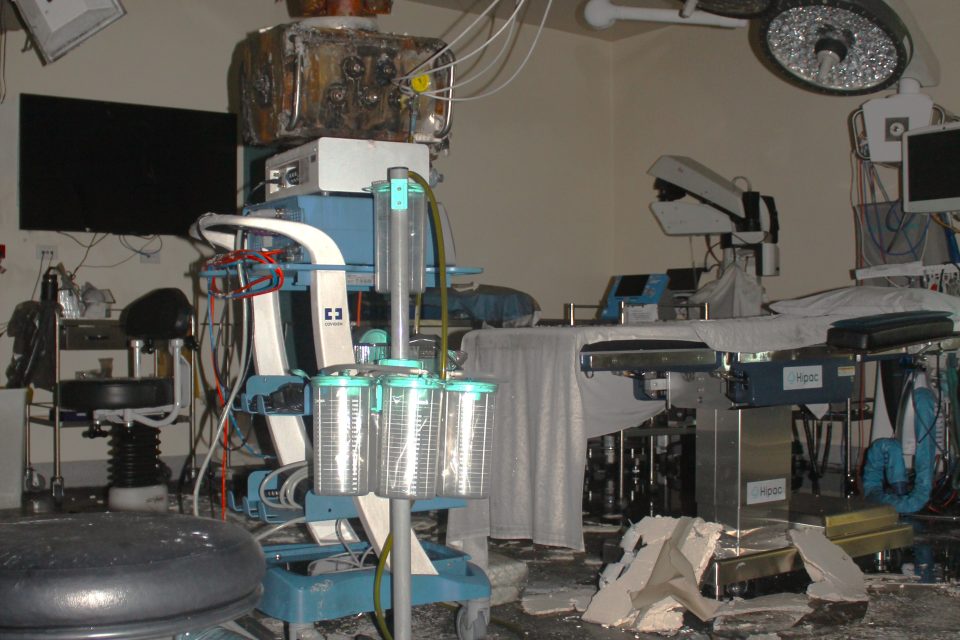
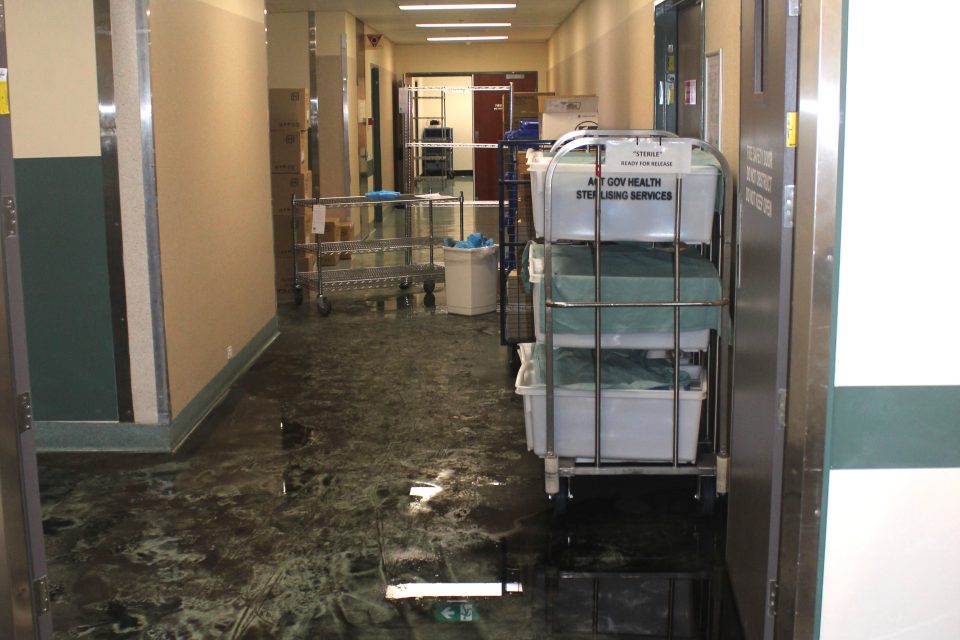
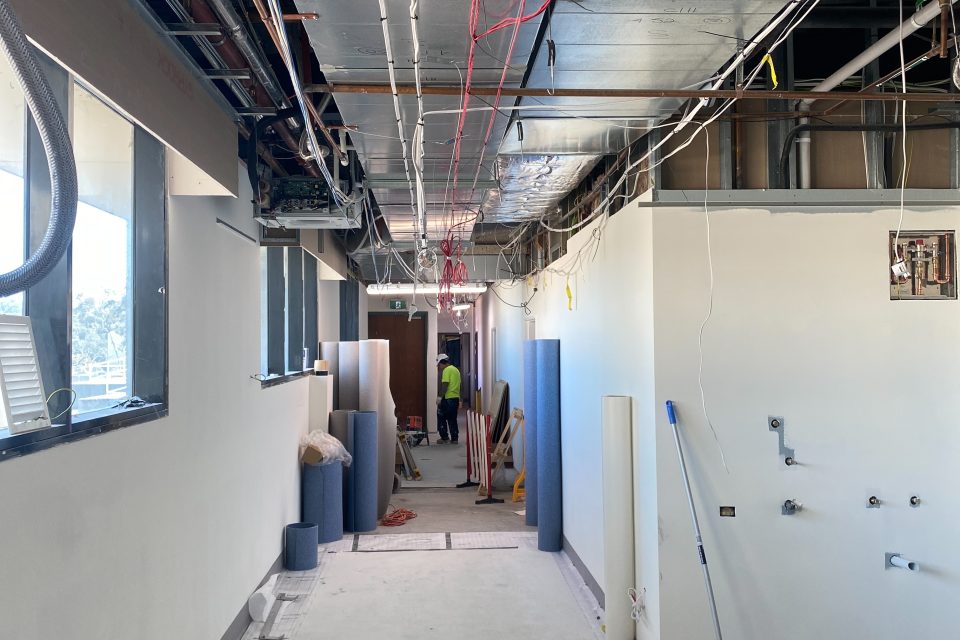
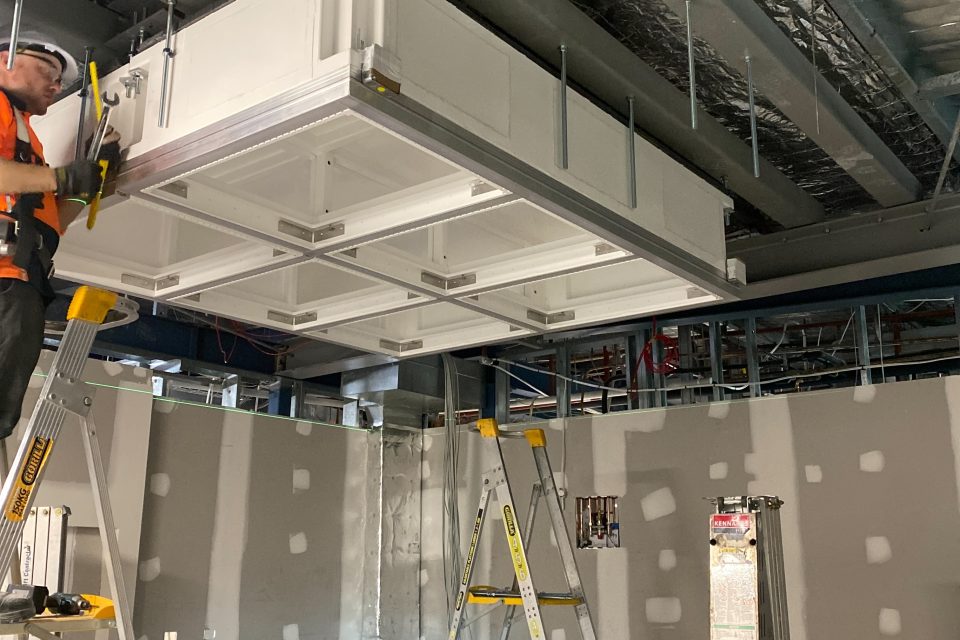
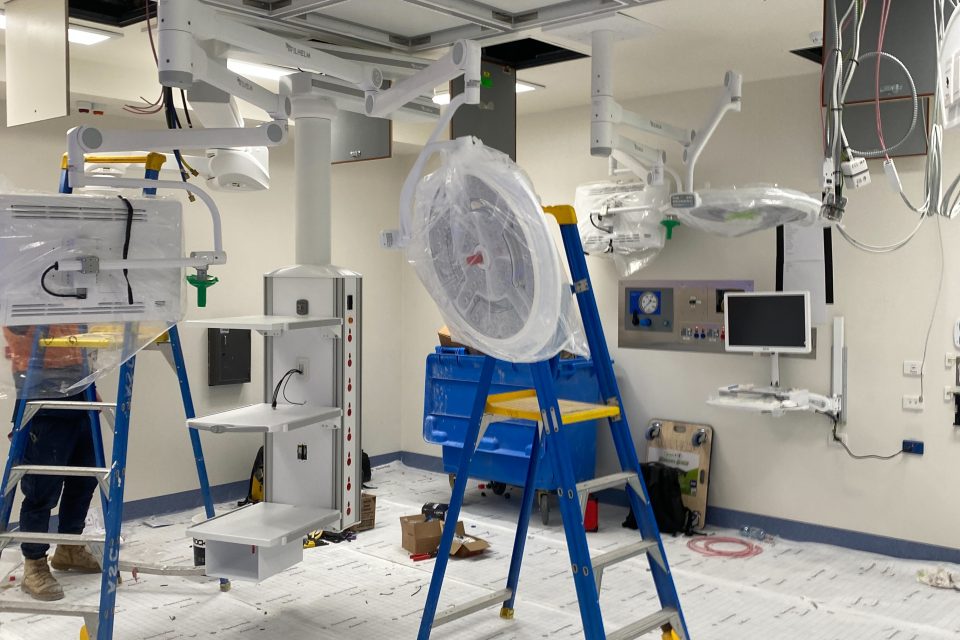
About 10 months later, the $15 million project will host its first surgeries on Monday, 9 October (after a final thorough disinfecting).
Located on Level 2 of the Marion Building near the Emergency Department entry, the ward includes seven theatres, a post-operative recovery room, anesthetic rooms and procedure and storage units. Up to 15 patients are expected to pass through on any given day.
Dr Pretorius describes the rebuild as “a slow process” involving complex conversations with the building contractor and insurance company.
“A little panel with a patient monitor, all of that plumbing for oxygen and for suction, little shelves for hand-washing and gloves – you just don’t comprehend how many individual bits and pieces one has to order to replace this,” she says.
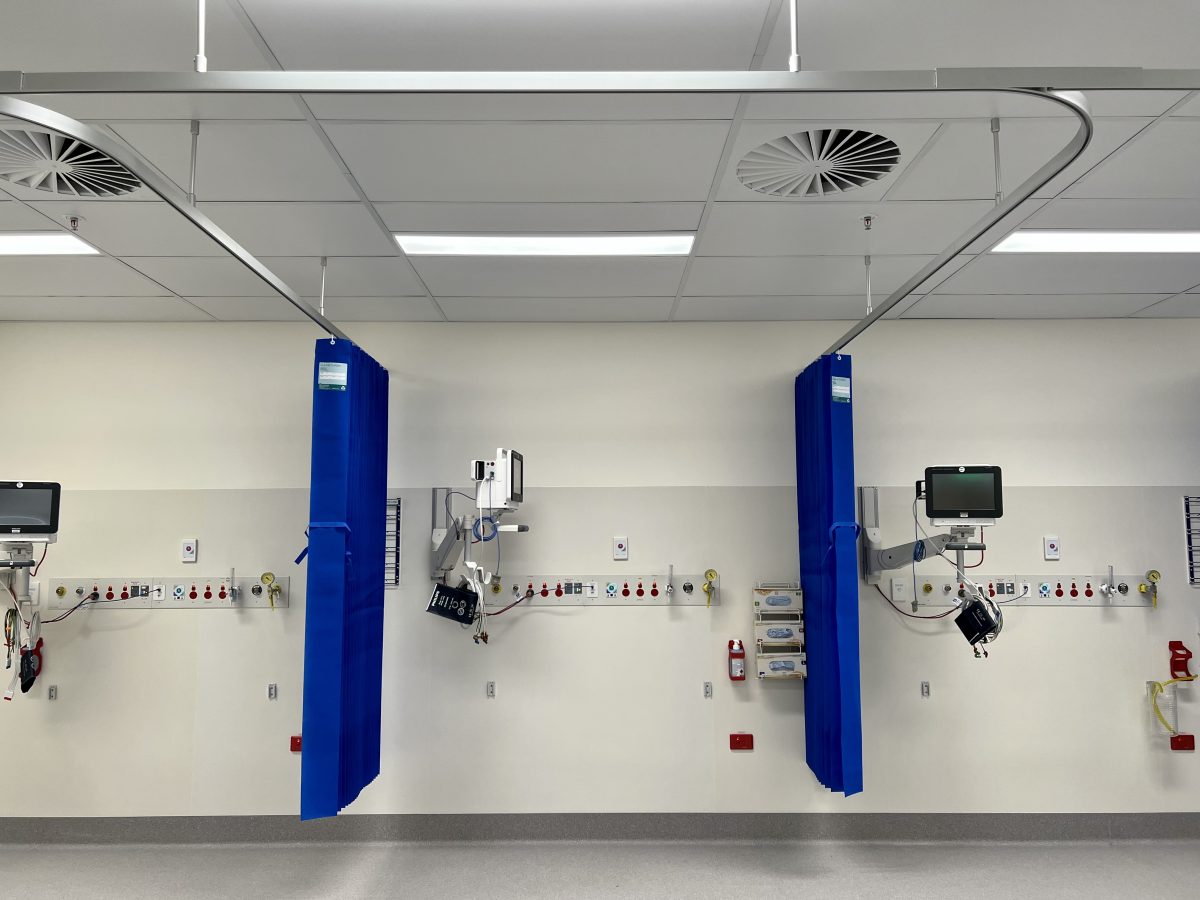
The new-look recovery room at the North Canberra Hospital. Photo: James Coleman.
Initially, the hospital expected delays due to supply shortages across the construction industry, but Dr Pretorius says they were “just very, very lucky”. The truly hard work took place before the builders even turned up, during lengthy conversations with the insurance company.
“Every bit of big equipment above $10,000 had to be checked by our insurance assessor,” she says.
“We had to check whether it was replaceable, whether it had to be remediated or whether we had to get a new piece of equipment and what that replacement cost was going to be. It was an enormous process.”
Staff celebrated the opening with the cutting of a cake on 4 October, ahead of a phased return to surgeries the following week.
“During the build, we had to outsource a lot of our surgery and a lot of our people had to go to different theatres to support our surgery in other places,” Dr Pretorius explains.
“That was pretty exhausting on our staff and really sucked the morale. But as we started to see this beautiful piece of building completed, people sort of started getting a sense of excitement and achievement.”
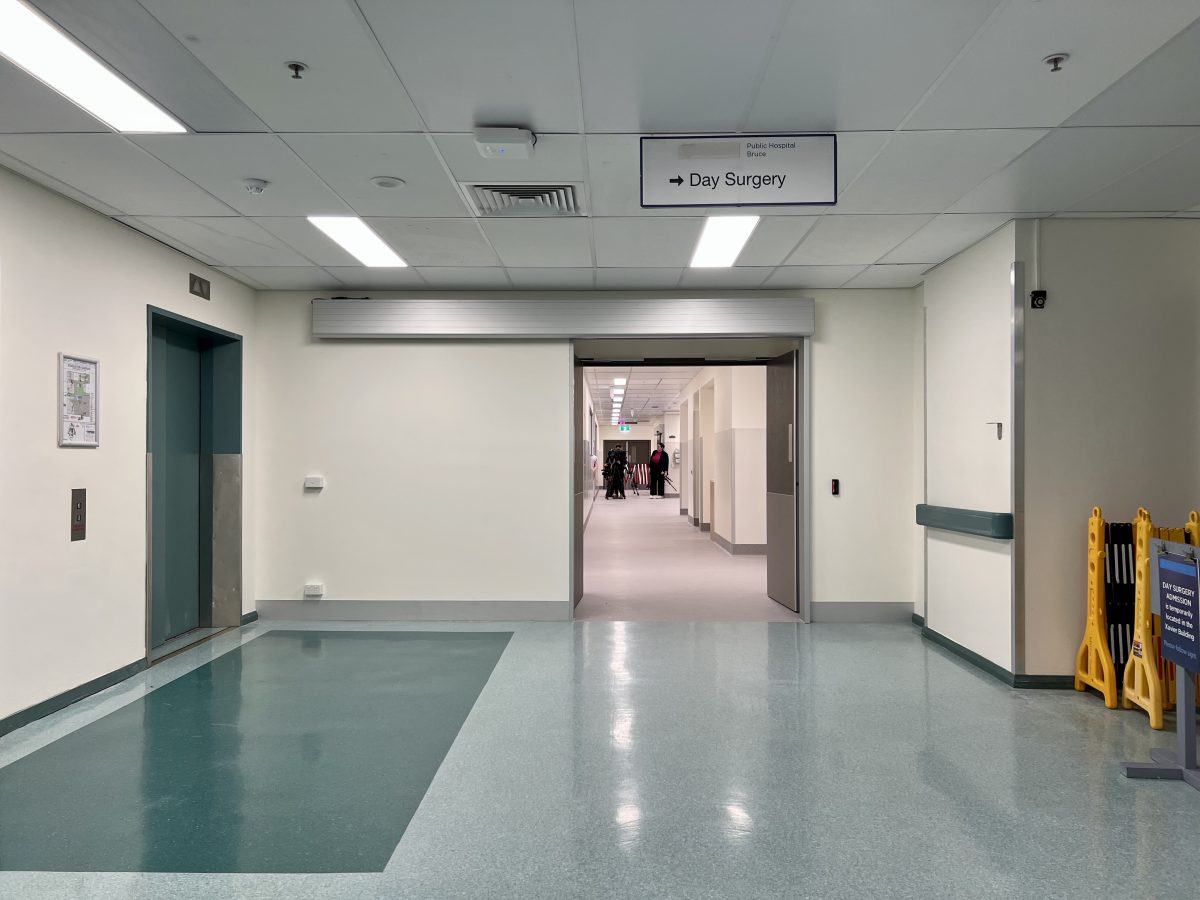
Enter here for fresh paint smells. Photo: James Coleman.
All in all, the hospital fell behind by about 600 surgeries on where they should be.
“That is an extraordinary effort,” she says.
“As our theatres ramp up, we’ll start being able to catch up, not only on our own targets but on those 600 that we are behind.”
Further into the future, Dr Pretorius says there will be “a lot of conversations” with the ACT Government about how the new operating theatres fit in with plans for the new $1 billion hospital. But she’s confident they’ll have a use for many years yet.
“When we say we’re building a new hospital, we will commission that hospital in stages, so this part of the building will still very much be needed as we transition across.”












